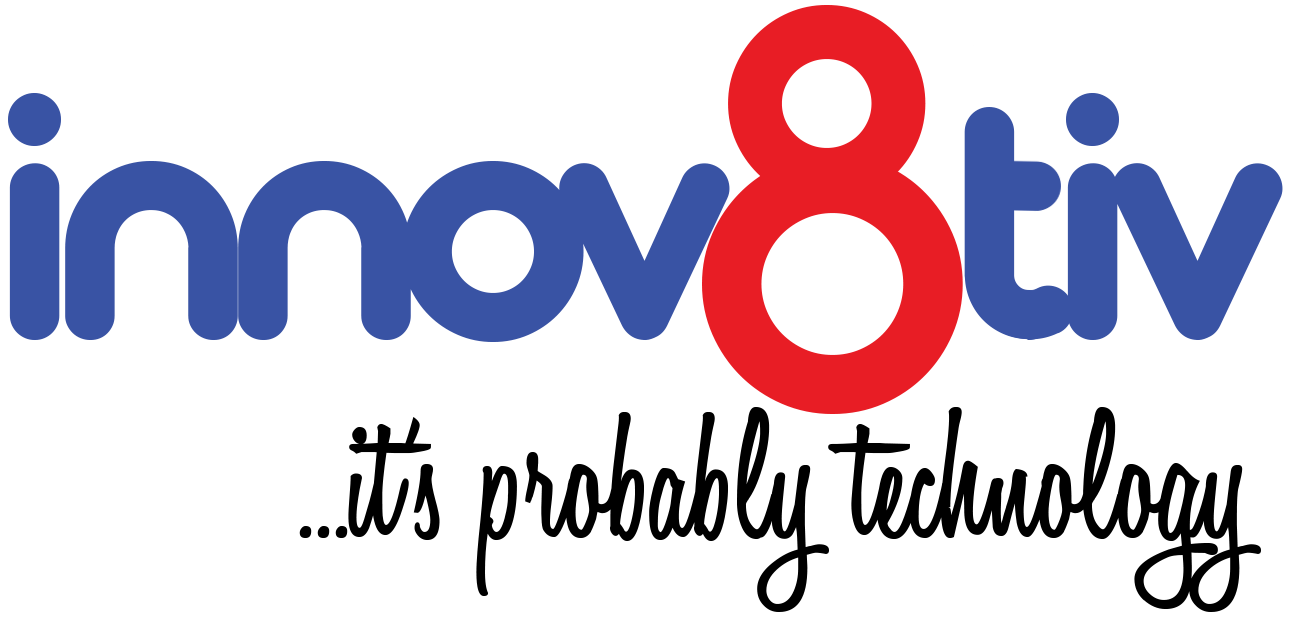Whether you’re communicating with team members, stakeholders, or customers, ensuring seamless and effective communication is crucial as a startup. However, startups often work on tight budgets and need to find ways to reduce overheads without compromising on quality.
In “The Cost of Poor Communications,” David Grossman revealed that a study involving 400 companies, each with over 100,000 employees, found an average annual loss of $62.4 million per company. This loss was attributed to insufficient communication among employees and between different employee levels. So, here’s how you can avoid your business contributing to this stat:
1. Leverage Free or Open-source Tools
Many platforms offer free tiers or open-source alternatives to premium services. Platforms like Slack, Trello, or Zoom offer free versions suitable for small teams. For instance, Slack’s free plan accommodates up to 10,000 recent messages, which can be sufficient for a new startup.
When choosing a tool, ensure that its free version meets your requirements, because sometimes it is worth considering an upgrade even if it means spending more.
2. Use VoIP Instead of Traditional Phones
VoIP services, like Skype, can save up to 40% on local calls and up to 90% on international calls compared to conventional phone services. As your business grows, adding new lines or extensions on a VoIP system is often simpler and more affordable than traditional phone systems.
VoIP is not tied to a particular location, making it perfect for businesses with remote workers or multiple locations. And, with multiple VOIP suppliers to choose from each offering similar features, this is an easy and effective solution.
3. Consolidate Communication Tools
Instead of using a separate tool for every communication need (video calls, chats, emails, etc.), opt for platforms that provide multiple services in one. Platforms like Microsoft Teams provide chat, video call, and document collaboration in one.
Consolidating can save an average of $10-$20/user/month and reduces the learning curve for your team. This not only saves money but also streamlines processes and reduces training time.
4. Optimize Video Calls
Video calls can eat into your internet data, leading to higher bills. Ensure that you’re using compressed video when high quality isn’t necessary, and consider audio-only calls when appropriate. Streaming HD video can consume up to 3GB/hour, so using compressed video or audio-only calls can significantly cut down on data usage and associated costs.
5. Negotiate With Service Providers
Whether it’s for internet services or communication platforms, always negotiate. Providers often have unadvertised plans or discounts, especially if they see the potential for a long-term relationship with a growing startup. On average, startups can expect discounts of 10-15% after negotiations. Ensure to inquire about potential unadvertised deals.
6. Opt for Asynchronous Communication
Instead of hosting live meetings, consider using platforms like Loom to send video messages. This not only saves time, but also allows team members to view messages at their convenience, reducing the need for high-speed live-streaming. By decreasing the need for high-bandwidth live-streaming, you’re potentially saving $50-$100/month on internet bills.
7. Implement a Remote Work Policy
By allowing team members to work remotely, you can save money on office space and utilities. This also reduces the need for in-person meetings, further cutting down on communication costs. Remote work can reduce office expenses by an average of $10,000/employee/year when considering rent, utilities, and other associated costs.
8. Limit External Calls
If your startup frequently communicates with customers, consider creating a FAQ section or knowledge base. This reduces the number of calls or emails your team needs to handle, thus saving time and money. An effective FAQ section can decrease customer inquiries by up to 25%, leading to significant time and cost savings.
9. Review Your Communication Tools Regularly
As your startup grows, your communication needs will change. Regularly review the tools you’re paying for to ensure they’re still necessary and the best fit for your company’s size and needs. An annual review can save startups an average of $1,200, by identifying redundant tools or features.
10. Train Your Team
A well-trained team can use communication tools more efficiently. Regular training sessions will ensure everyone knows how to use the tools effectively, avoiding misuse that can lead to unexpected costs.
11. Opt for Annual Plans
If you find a communication tool indispensable, consider switching to an annual subscription. Many providers offer significant discounts for annual versus monthly plans. Most providers offer a discount of 15-20% for annual plans compared to monthly billing, but just make sure you’re going to use the tool all year first.
12. Avoid Unnecessary Hardware
With the plethora of online tools available, many startups can avoid purchasing expensive hardware like servers or phone systems. Cloud-based solutions are often more flexible and cost-effective for startups. Opting for cloud-based solutions can save startups upwards of $5,000 in initial setup and hardware costs.
13. Embrace Messaging Apps
WhatsApp, Telegram, and Signal, for instance, allow for instant messaging, voice, and video calls. They are often free for basic use and can be used for both internal and client-facing communications. Utilizing free messaging apps for business can save approximately $30/user/year on communication expenses.
14. Promote Clear Communication
Misunderstandings can be costly. Foster a culture of clarity and open communication within your team. When communication is clear, tasks are accomplished efficiently, reducing the back-and-forth that eats up resources. Clear communication can reduce task redo rates by up to 50%, ensuring optimal resource utilization.



